So what time do people eat in Portugal, and what do they eat at these specific times? Ordinary meals are scheduled for the working day’s strict tempo but things might loosen up at the weekend. Breakfast turns to brunch, lunch prolongs until late afternoon, and dinner gets delayed so you can enjoy that last bit of sunshine.
Here is the ultimate guide for Portuguese meal times.
1
Portuguese Breakfast (8 a.m. to 9 a.m.)

At home or at your neighborhood café, a typical Portuguese breakfast usually starts with coffee. Some locals like to have a quick espresso. Others prefer to order a bigger drink like a galão (milk with coffee) and catch up with the news.
Most cafés or pastelarias open around 8 a.m., sometimes even earlier than that since people go to work at 9.
In Portugal, it’s common to have both sweet and savory treats for breakfast. One custard tart might not be enough to fill you up, so most people will also order a torrada (butter toast) or a tosta mista (ham & cheese toast).
What is a Typical Portuguese Breakfast?
When culinary blogs discuss famous combinations, Portuguese breakfast does not often come first. That is mostly because Portuguese people do not regard breakfast as the most important meal. It is often seen as a preparatory meal for the lanche da manhã around 11 a.m., or lunch after that.
So, there is no generic phrase defining what Portuguese eat at breakfast. Still, there are typical combinations in Portuguese breakfast. Varying in itself, the most famous duo is coffee and toast.
One Constant in All Meals: Coffee
Portuguese people love coffee. Although it is sometimes alternated with orange juice or milk, coffee is almost always on the breakfast table. Portuguese meals always involve coffee regardless of the time of the day. So, it is not surprising to have coffee at breakfast.
There are numerous types of coffee in Portugal. Some of these are abatanado (close to Americano), galão (milk with an espresso shot), meia de leite (similar to a latte), bica (black espresso), café duplo (double espresso), um garoto (milky espresso), uma carioca (watery espresso), and café pingado (espresso with a milk shot).
The most popular ones of these at breakfast are galão, meia de leite, and abatanado.
What to Eat in a Typical Portuguese Breakfast
At breakfast, kids usually have different types of cereals. Younger people prefer healthier foods such as yogurts or fruity meals. However, traditional Portuguese breakfast involves bread. The most typical partners of bread at breakfast are ham and flamengo cheese (Edam). If the bread is served as toast, it is often thicker than usual. The toast at breakfast can be plain or can involve jam, butter, or other ingredients.
Sandes and tostas (sandwiches and toasts) have an important role in Portuguese breakfast. There are variations to these simple meals. For instance, papo seco is a popular bread roll used for making sandwiches. Other types of bread are Pão de Milho (cornbread), Pão de Centeio (rye bread), Bolo do Caco (buttery bread roll), Pão de Mafra (long-fermented flour bread), and Bola de Mistura (wheat and rye bread roll).
Popular Pastry Dishes

Pastries are not typically for breakfast in Portugal. Yet, they sometimes find a place on the table. Pastel de Nata, arguably the most famous food of Portugal, is a puff pastry with cream inside. These are usually preferred for lunch or later. Pão de Deus is another type of pastry Portuguese people enjoy. It contains butter, sugar, milk, eggs, and lemon. It is usually baked with coconut and served warm. Bola de Berlim (custard doughnut), Salame de Chocolate (chocolate biscuit), and Pão de Ló (sponge cake) are some other pastries that can be enjoyed at breakfast in Portugal.
2Morning Snack (10 a.m. to 11 a.m.)
If you’re hungry and can’t wait for lunch, then it’s time for a morning snack. Portuguese call this their lanche da manhã. The word lanche sounds very similar to lunch which can be a bit confusing at first! Basically, this meal is a coffee break, usually paired with a sweet like a pastel de nata or a bolo de arroz (rice cake). Of course, there’s always a healthy coworker that will pack some sliced fruit too.
3Lunch Time in Portugal (12 p.m. to 2 p.m.)
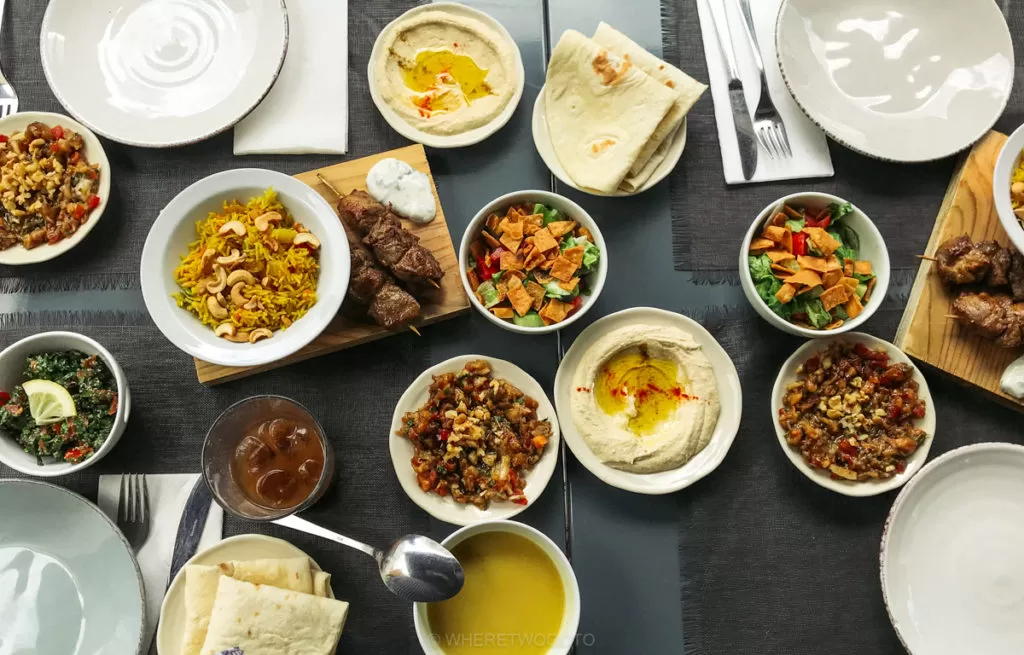
Lunchtime in Portugal is generally between 12 p.m. and 2 p.m. However, some restaurants will keep serving until 3 p.m. Portuguese usually have an hour break to eat lunch, so they either carry their food from home to save time and money or go out with colleagues to enjoy a standardized menu at a nearby restaurant. These menus usually begin with a soup, Prato does dia (dish of the day) follows it as the main course, then conclude with a dessert and a coffee. If they’re really in a rush, they’ll order something quick at the counter like a soup and a bifana (pork sandwich) for Portugal lunchtime.
4Afternoon Snack (4 p.m. to 5 p.m.)

You can get through the day without an afternoon snack, but why would you? Around 4 p.m., cafes are starting to fill with Portuguese people who are seeking quick meals to accommodate them until dinner time in Portugal. Sweet or savory? It’s really up to you. We’re not going to tell you off for having another pastel de nata. If you want something savory, however, we recommend trying the pastéis de bacalhau (codfish cakes) or the rissóis de camarão (shrimp turnovers).
5Dinner Time in Portugal (7 p.m. to 10 p.m.)
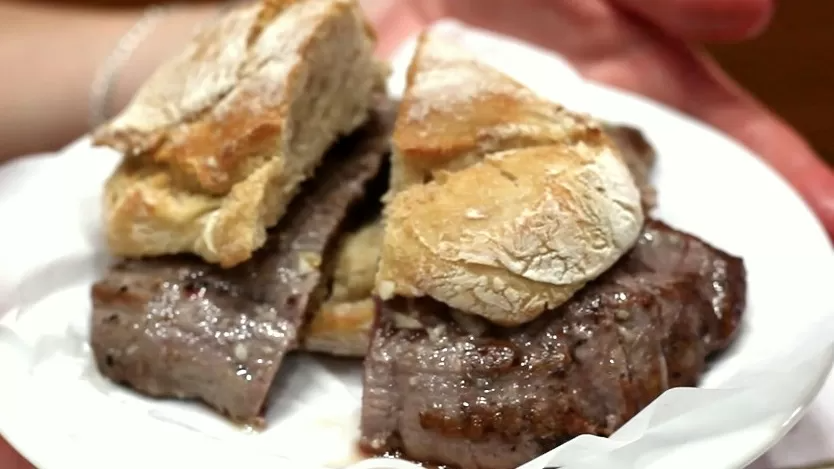
Between 8-9 p.m. it is dinner time in Portugal. While some restaurants will open at 7 p.m., most of them will still be empty at that time. There are a few exceptions of course, especially if it’s a famous restaurant like Cervejaria Ramiro. If that’s the case, it’s always best to book a table in advance for Portugal dinner time. Outdoor dining Lisbon is also a popular option.
Depending on the restaurant, you can show up until 12 p.m. and still get served dinner time Portugal. However, keep in mind that most kitchens will close before that. On Fridays and Saturdays, it’s common to have dinner a bit later, around 10 p.m. Dinner in Lisbon can be joyous when you know the right time to have it.
We hope you can find the answer to the “What Time Do They Eat Dinner in Portugal? ” question.
There’s always an excuse to eat in Portugal. Even in between the big meals, like lunch and dinner, locals love to have a quick snack.
Let’s have a quick glance at the basic Portuguese dishes for more detail.
6
Portuguese Dining Terms
Pão: It’s freshly baked bread.
Azeitonas: It means olives.
Pratos do dia: It’s plates of the day.
Um acompanhamento: It means side dish.
Um prato principal: It means the main dish.
Uma entrada: It’s a starter.
Água fresca: It means water served cold.
Água natural: It means water served at room temperature.
Vinho da casa: It’s house wine.
7Key Phrases for Dining Out
Although many Portuguese residents can communicate in some small measure in English, it’s always welcomed if you try your hand at a few regional terms and expressions. Here are several to get you going at a neighborhood restaurant:
Thank you: Obrigado/a
I would like…: Eu gostaria…
Bon appetit!: Bom apetite!
The check, please.: A conta, por favor.
What do you recommend?: O que você recomenda?
8Traditional Portuguese Dishes
Caldo Verde: A traditional Portuguese soup made with potatoes, sausage, and cabbage is called Caldo Verde. Although it developed in Northern Portugal, you can find it in most restaurants across the nation.
Pastel de Nata: The Catholic monks of the Jerónimos Monastery in the 18th century invented the pastel de nata, an egg-custard dessert coated with cinnamon.
Alheira: That sausages without pork have an interesting past. It was first eaten by Portugal’s covert Jewish community as a means of demonstrating their conversion to Catholicism during the Inquisition. Alheira is now available at almost every corner restaurant. It is prepared with bread and either game or chicken.
Polvo à Lagareiro: In restaurants around the nation is an octopus known as Polvo à lagareiro, which is boiled before being oven-roasted. If you ever get sick of eating grilled fish meals, it is a terrific dish to add to your routine.
Bifana: It’s just like how hamburgers mean to Americans. These garlicky, spiced pork steak sandwiches can be found in corner restaurants all across the country. People often eat them as a snack in between mealtime.
Bacalhau: Similar to sardinhas, bacalhau (salt cod) is a Portuguese preoccupation. The Portuguese normally consume two or three portions
Sardinhas: Grilled sardines are a beloved dish in the cuisine of the Portuguese. Traditionally, fresh lemon juice and olive oil are drizzled on top of the meal.
9
Tipping in Lisbon
Except for some of the more upscale establishments or in the tourist areas, tipping culture in Portugal is not a common thing. However, if you do decide to give a gratuity, 5 to 10% is adequate. There is no need to tip if a service fee has been already added to your invoice.
10FAQ
What time do people eat in Portugal?
In most parts of Portugal, people eat at different times depending on their work schedules and other obligations. For many, the main meal of the day is lunch, which is typically eaten in the early afternoon. Some restaurants may remain open through this time so that people can grab a quick bite to eat at their desks or during a brief break from work. In addition, there are certain traditional dishes that are thought to have certain benefits for your body’s health and wellness. For example, sopa de abóbora is believed to help boost energy levels, while bacalhau com natas can be a great way to fill you up without adding too many extra calories. Overall, eating patterns in Portugal tend to vary across regions and social groups but always emphasize the importance of healthy and nutritious food choices for overall well-being.
What time do people have dinner in Portugal compared to other European countries?
In general, people in Portugal eat their evening meal at a slightly later time than those in other European countries. This is largely due to Portuguese cultural norms and traditions, which emphasize family spending time together over eating a large, formal meal. In most Portuguese households, dinner is typically served around 7 or 8 pm, allowing families plenty of time to eat and relax before heading off to bed. This later eats time has resulted in some criticism from outsiders, who see it as symptomatic of a lack of productivity and discipline among the Portuguese people. However, given the close-knit nature of the country’s culture and social connections, it is clear that Portugal values its shared mealtimes as an important part of daily life.
What time is lunch time in Portugal?
Lunch time in Portugal typically occurs between 12pm and 2pm, depending on the individual preferences of those in the region. Some people prefer to lunch earlier in order to get the most out of their workday, while others prefer to put off lunch for as long as possible to focus on more pressing tasks. Regardless of when lunch is scheduled, eating a healthy and well-balanced meal is important for maintaining energy levels throughout the day. In addition to consuming fruits and vegetables, many people also take advantage of the delicious local cuisine that is available in Portugal, including seafood dishes such as grilled fish served with roast potatoes and seasoned rice.
What are the eating habits in Portugal?
In Portugal, eating is generally viewed as a social activity, and food plays an important role in bringing people together. Portuguese cuisine typically involves eating multiple smaller meals throughout the day, with each meal consisting of a selection of different foods. In addition to eating regular meals, many people also enjoy indulging in sweet pastries and other small snacks in between. Another characteristic aspect of eating habits in Portugal is the popularity of espresso coffee, which is consumed at almost every meal or gathering. Overall, eating habits in Portugal reflect the strong traditions around food and eating that have been ingrained in this culture for generations.
How long is lunch break in Portugal?
The lunch break in Portugal is typically around one to two hours long, depending on the nature of the job. This means that workers generally have plenty of time for a leisurely lunch and a chance to recharge before heading back to their tasks for the remainder of the day. As is common in many other countries, lunch breaks in Portugal tend to alternate between fast food restaurants and more upscale dining establishments, with workers often taking turns hosting or co-hosting lunch gatherings for colleagues. Additionally, there are many cafés and coffee shops where employees can go for snacks or refreshments during the lunch break. Overall, this ensures that workers in Portugal have ample opportunities to rest and reset during a typical workday.
What time is breakfast in Portugal?
Breakfast in Portugal tends to be a fairly light meal, typically consisting of breakfast staples such as toast, cereal, and croissants. However, breakfast is typically eaten later in the morning than it is in many other parts of the world. In most places, breakfast is typically served around 9am or 10am, but can sometimes run slightly later. This may be due to the fact that many restaurants and cafes don’t open until at least 8 or 9am in most places in Portugal.

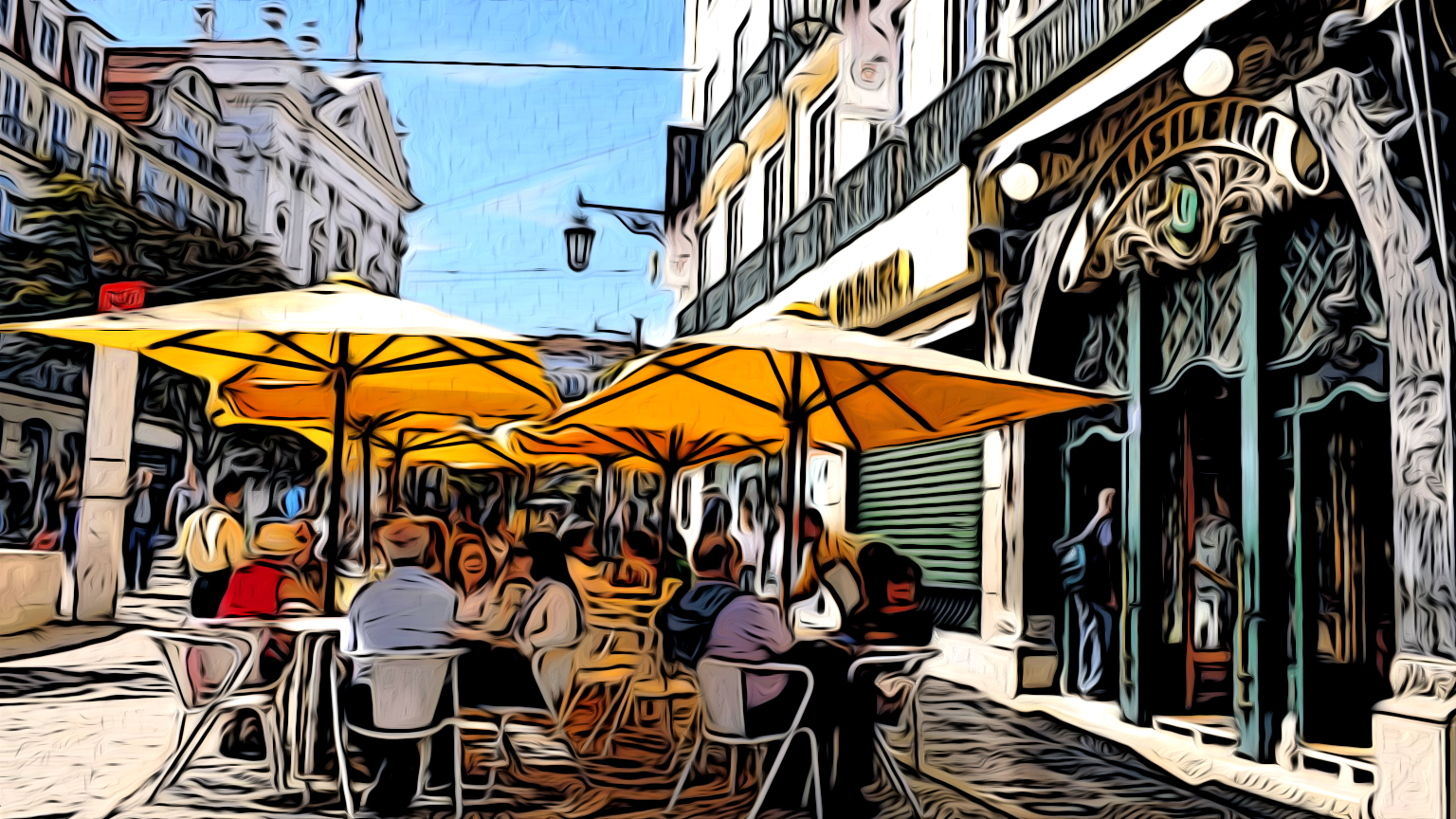
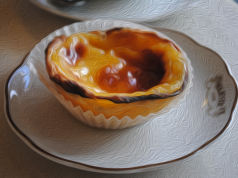
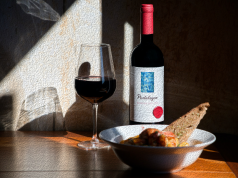



Great post. Articles that have meaningful and
insightful remarks are more enjoyable, at least to me.
It is interesting to read what other people
thought and how it relates to their clients, as their view could possibly assist you later on.
Best regards,
Harrell Valenzuela